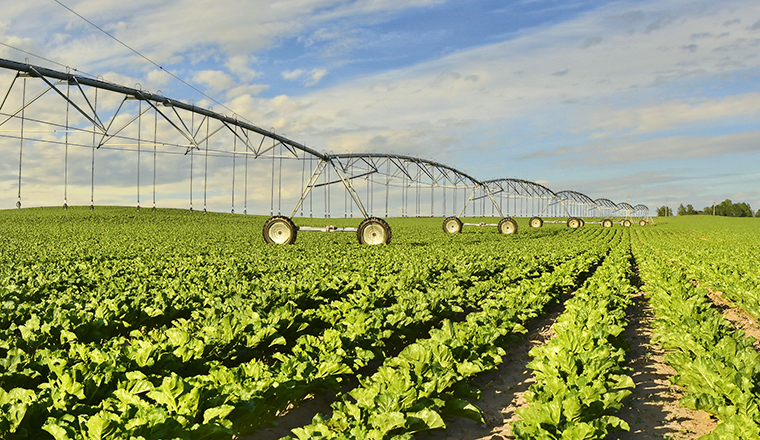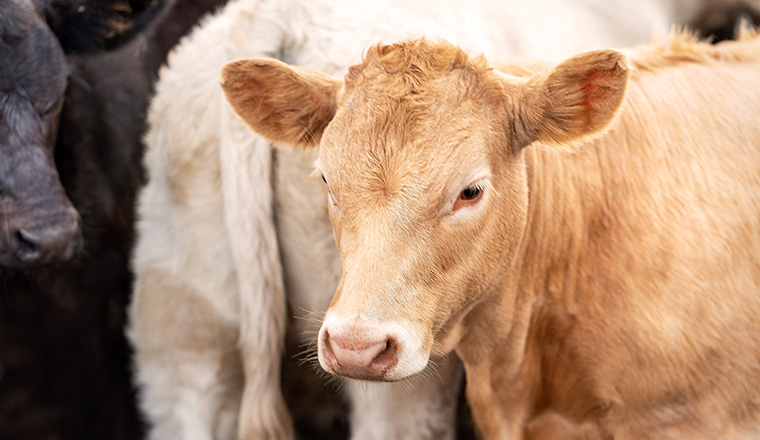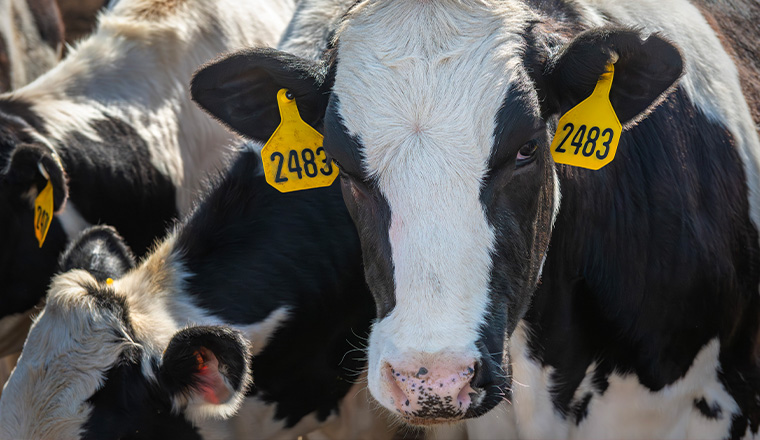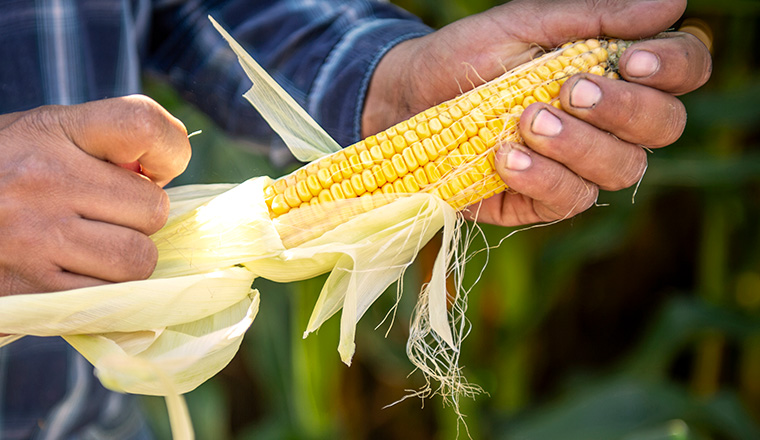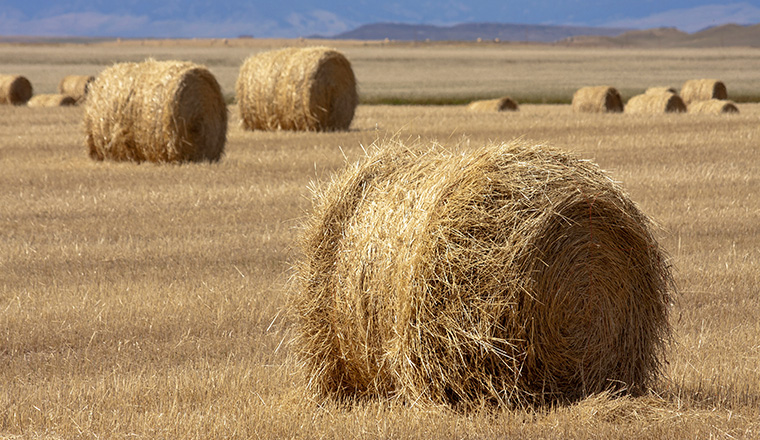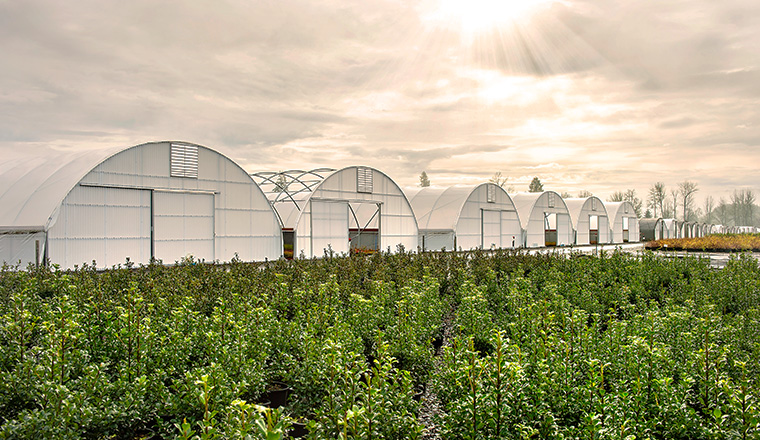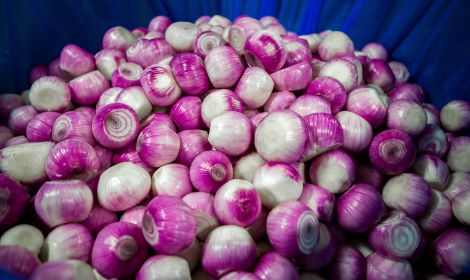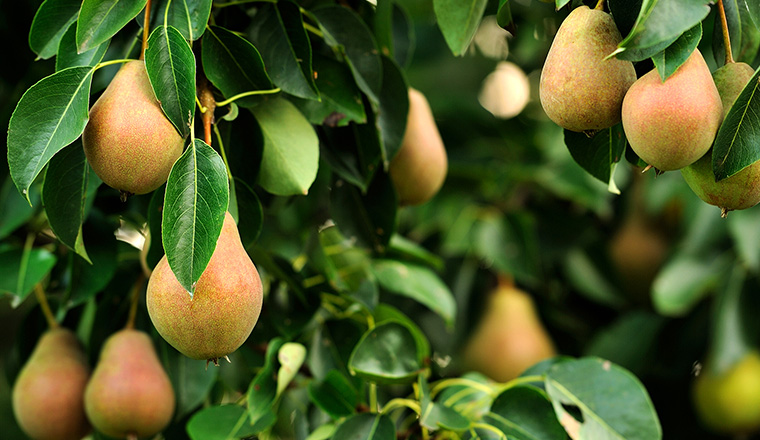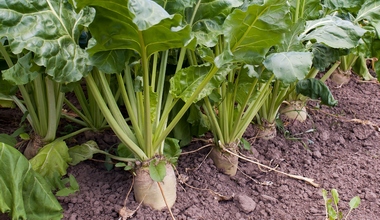Industry Insights

Industry Insights
Global & Domestic Economic Snapshot: Think Globally, Act Locally
The phrase, "Think globally, act locally," has never been more appropriate in managing business, household and personal financial decisions. Some economists will downplay the global influences on the general economy. Exports comprise approximately 10% of gross domestic product (GDP) and approximately half of these exports go to Canada and Mexico. In the agriculture sector, approximately 20% of U.S. net farm income comes from exports.
Agriculture enterprises such as hay, milk and pork are very aligned with trade policies and global geopolitical and military strategies. These policies and strategies can impact prices received, input costs, and, to some extent, interest rates and currency valuation. Let's examine a snapshot of the global economy as it relates to the fortunes of businesses, households and personal finances, particularly for the agriculture industry.
China
Post-World War II globalization trends benefited emerging economic powers such as the BRICS nations (Brazil, Russia, India, China and South Africa). In the 1990s, China's economy represented about 3% of world GDP. Fast-forward to 2023 and China is the second largest economy globally. Much of China’s growth was a result of building infrastructure such as commercial buildings, housing and manufacturing technology to support exports to Western nations. This rapid ascension raised the standard of living of 600 million Chinese citizens out of poverty and was the catalyst for the growth of the great commodity super cycle post 2000 to 2012. The commodity super cycle brought strong prices to American farmers, which in turn elevated farm and ranch land values.
Today, China is experiencing economic growing pains as a result of converging events that could persist throughout the remainder of this decade. China's demographic issues have been spurred on by the one-child policy in place for multiple decades. India has now surpassed China as the world's largest population. China has invested over $1.3 trillion in 70 nations with an interest in gaining market access over the U.S. and other Western nations.
Next, the Chinese economy is in a slow growth mode as a result of their citizens not spending the $2.4 trillion saved during the three-year COVID-19 lockdown. Instead, their citizens are prepaying mortgages on homes and businesses that have lost market value to avoid a steep discount, loss of wealth or a forced sale. Chinese citizens are also very concerned about the future economic outlook, which is moving them toward a conservative spending pattern.
The unemployment rate amongst Chinese between 20 and 30 years old is over 20%. Many have college degrees in technology and their employment opportunities are limited due to the central government's restrictions on technology and Western nations that are onshoring or are in a de-globalization mode, particularly for technology and manufacturing.
Strategic planners must watch energy consumption. China and India both consume over 20% of the world’s oil production. Currently, both countries place economics over green energy as they continue to build fossil fuel facilities to service their energy needs.
Finally, monitor China’s debt issues. China’s debt-to-GDP ratio is high at 295%. Their household debt to GDP is 110%, which is similar to levels seen in the U.S. just prior to the Great Recession. All these factors combined will result in China's growth being in the 1% to 5% range rather than the stellar rates of 5% to 15% during their economic ascension over the past three decades.
India
India's economy is in full growth mode, exceeding Great Britain as the fifth-largest economy globally. Some experts indicate that India will be the third-largest economy in the world by the end of the decade. However, India will not replace China as the world's economic growth engine. India’s economy is very fragmented, with power at the state level, rather than at the federal government level. About 55% of the population are subsistence small farmers. Less than 20% of the workforce is made up of females, which is substantially less than other powerful economies in the world such as Western nations and China.
Europe
The European region is approximately 20% of the global economy. In late 2022 and through early 2023, the Euro sector and Germany, the fourth-largest economy in the world, were in a recession. Recently, some areas of the Euro sector have reported positive economic growth. The Euro area is caught in the Russia-China economic trap, meaning they have become very dependent on cheap energy from Russia and export markets to China. The Russo-Ukrainian War has reversed the economic outcomes resulting in a combination of inflated costs, slow to negative growth and higher interest rates implemented to subdue inflation. Russia is attempting to challenge the long-term unity and support for Ukraine of NATO and European and Western nations.
Climate and social changes often are detrimental to a profitable agriculture industry and overall economic growth. Recently, this is being challenged by the European population where food and energy security and economic growth must be balanced with social and climate initiatives. This will be a tightrope observed by other countries around the world.
Southern Hemisphere
In the global economic snapshot, one must closely monitor the Southern Hemisphere of the world. China’s Belt and Road Initiative to expand economic influence to Brazil, Argentina and Africa must be observed and monitored from a competitiveness standpoint. Brazil’s expansion of the world market share of corn, soybeans and protein industries will impact the balance of trade, particularly trade to Asia. Each year more land is being converted from grazing to crop production and new technologies are increasing yields. The possibility of triple cropping, in some places, makes this region much more competitive. Oceania, that is Australia and New Zealand, are in an ideal place geographically to serve the growing economic powers of Asia and Southeast Asia.
New currency challenges
The New Development Bank, initiated by the BRICS nations, is now expanding its reach and increasing membership. This includes major oil producers (Saudi Arabia, United Arab Emirates and Iran), along with others. This institution, along with the Asian Infrastructure Investment Bank, could be positioned to facilitate trade outside of the U.S. dollar and International Monetary Fund (IMF). The downgrade of the U.S. economy by Standard & Poor's and continued political challenges in the United States, particularly at the federal level, provide a possible pathway for this new platform of currency for global trade.
U.S. economy
The U.S. economy has been very resilient in the post-pandemic cycle, with strong employment in many sectors despite high inflation and a more than a 500-basis point increase in interest rates by the Federal Reserve. Over the next few months, strategic planners and analysts must watch for changes in the economy after the $2.9 trillion of stimulus saved during the COVID-19 pandemic has been spent. Monitor increases in credit card debt, which recently just exceeded $1 trillion, and possible late payments on auto and consumer loans as early warning indicators. Leading economic indicators, such as the inverted yield curve, the Leading Economic Index (LEI), the Purchasing Manager Index (PMI) and the Index of Consumer Sentiment, would suggest a recession is ahead. However, the fiscal stimulus and the green energy movement have created economic hotspots in some regions of the United States. What happens when the government stimulus is gone?
The bottom line
The analysis of the global and domestic economic landscape would suggest slower economic growth with abrupt changes as a result of geopolitical, military and consumer trends and forces. Businesses and households must be proactively positioned by:
- Maintaining financial liquidity reserves to absorb adversity and position for opportunity.
- Being diligent in business and financial decisions.
- Stress testing economic outcomes with a set of prices, costs, interest rates, marketplace, and supply and demand assumptions to provide the parameters of possibilities.
- Managing and focusing on the controllable variables of business and managing around the uncontrollable variables that are magnified by headlines and often fuel emotional decision making.
Surround yourself with good mentors and advisors to help you filter and make sense of the global and domestic economic environment. Use these individuals to benchmark best management practices both in business and your personal lifestyle.

